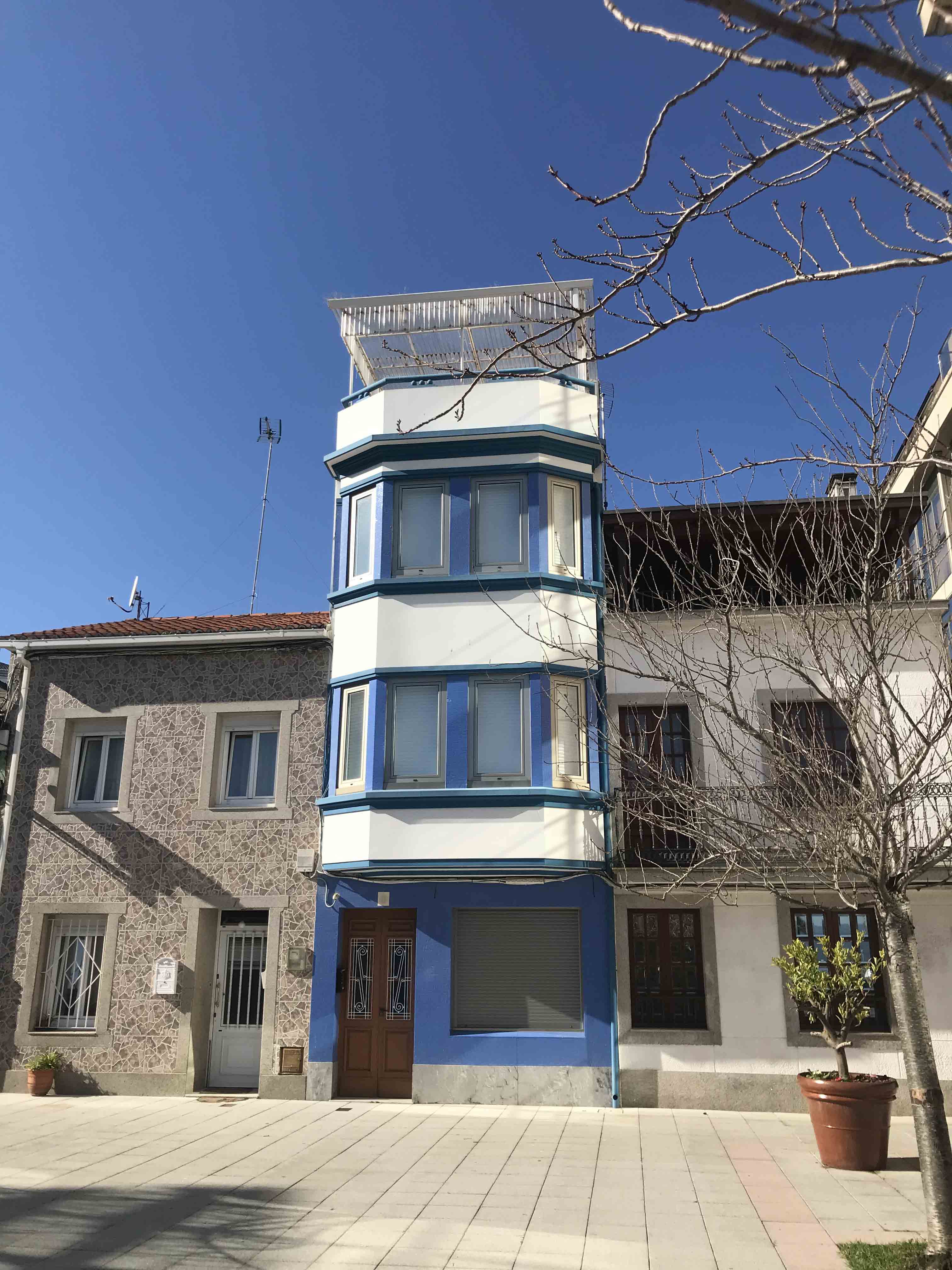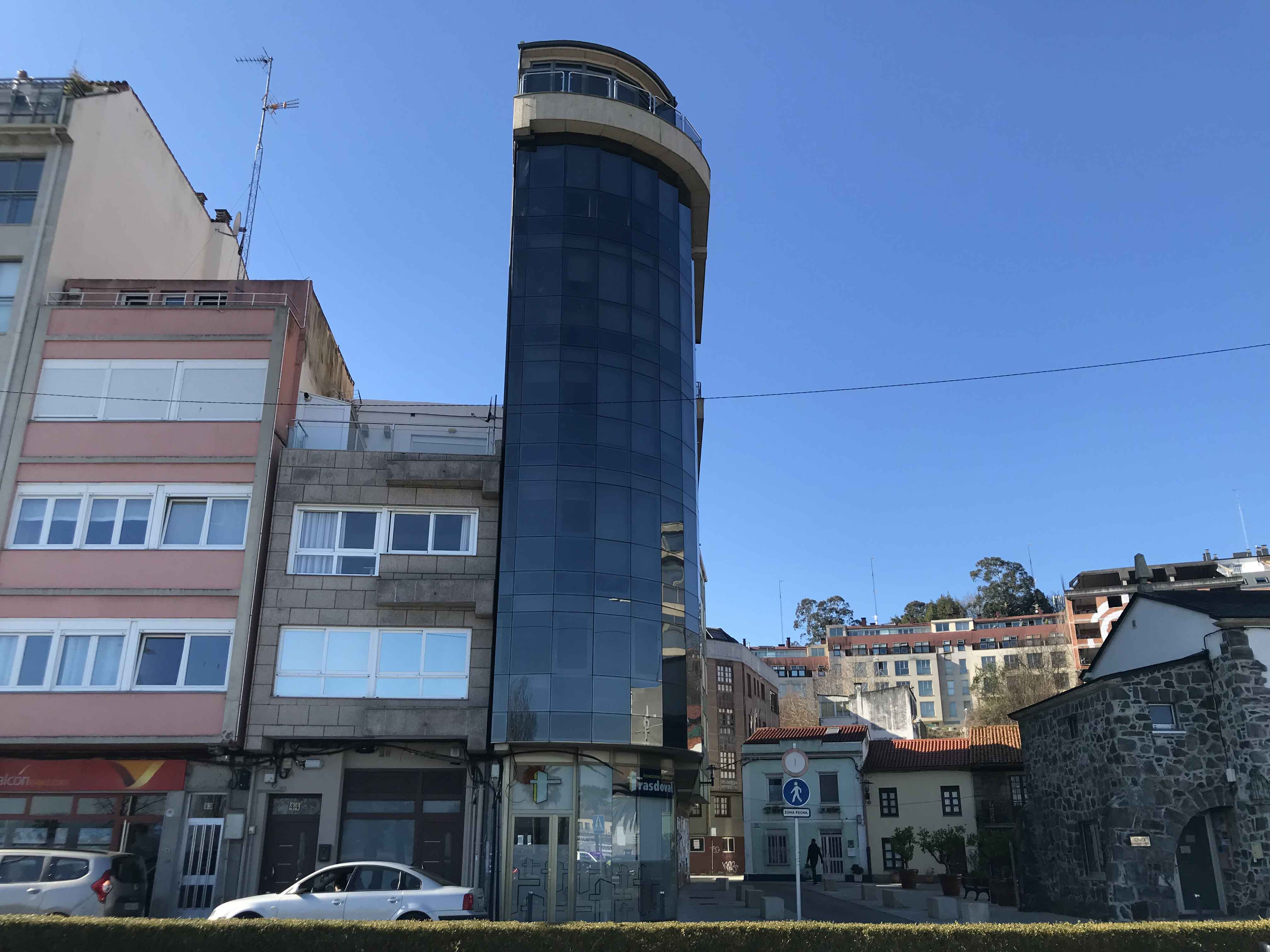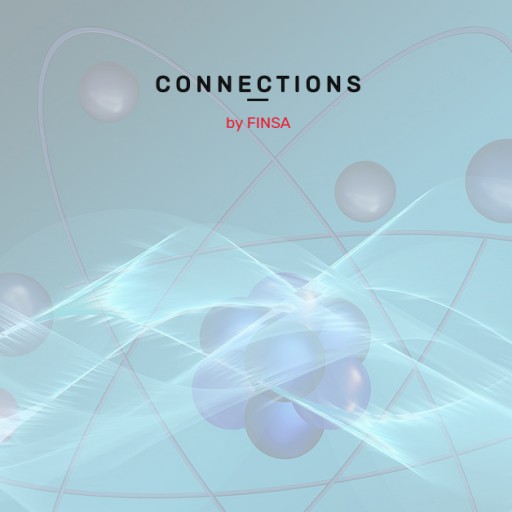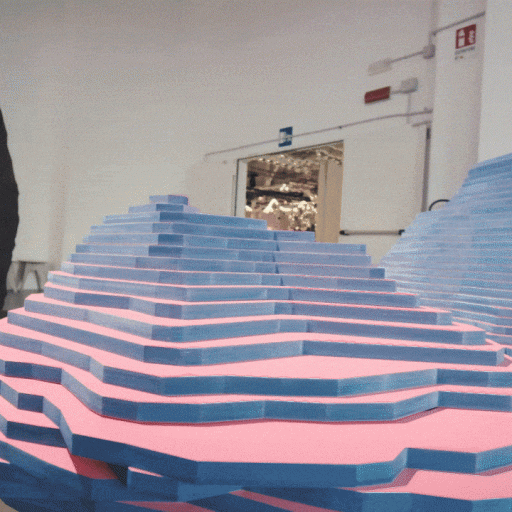Pencil buildings, penshirubiru, are the new model for single-person housing in Japan, but will we ever see this form of vertical living elsewhere in the world? According to the authors of the book Penshirubiru, this window to the future may not come in the same way, but it will come.
At the moment, the conditions for the construction of these buildings are not the same. At least not all of them are the same as in Japan. It is true that Spain in also ageing, that we are living more and more alone and that single – person households are increasing – according to the el National Statistics Institute (INE), they now account for more tan a 27% of the total and are expected to reach 30% by 2037–, that house prices are rising and that people have been forced to move into small spaces because it is the only thing they can afford. However, construction in Spain is perfectly regulated and in this culture social, family and friendship relations still prevail, with the house as a meeting place.
Slender buildings, the forerunners of vertical living
There are examples of slender houses and buildings (some collective housing, many single-family homes), but not so tall. In Valencia, at number 6, Lope de Vega Square, it is possible to find a five-storey building with a tile-coloured façade that is barely 105 centimetres wide.
Ver esta publicación en Instagram
It is similar to the famous Keret house in Warsaw (considered the narrowest in the world, it has two floors connected by a folding staircase and only two bottles fit in its fridge), at number 7 Singel Street in Amsterdam (its back façade is barely one metre wide) or the Gap House in London (just over two metres from wall to wall, but with a minimal carbon footprint, which earned it the Manser Medal award in 2009).
Examples of vertical living can also be found in other regions of Spain. In Galicia, there is an emblematic building in Monforte de Lemos, a single – family house with four floors and a ground floor, built between two other houses:
Ver esta publicación en Instagram
In the town centre of Sada (A Coruña) two buildings from different construction periods stand out:


Or the harbour front of A Guardia, a particular collection of coloured pencils nestled on the coast:
Ver esta publicación en Instagram
Do you think penshirubiru will reach other parts of the world? Tell us about it on social media using the hashtag #ConnectionsByFinsa.




